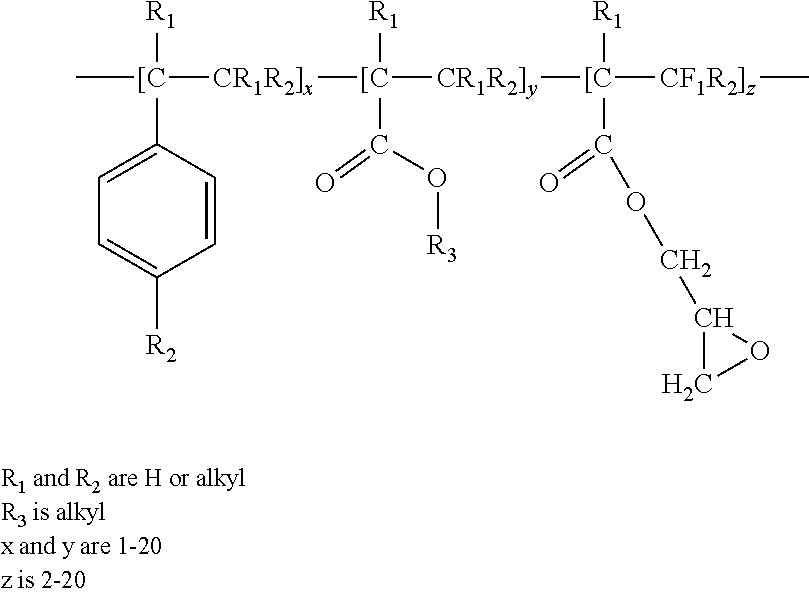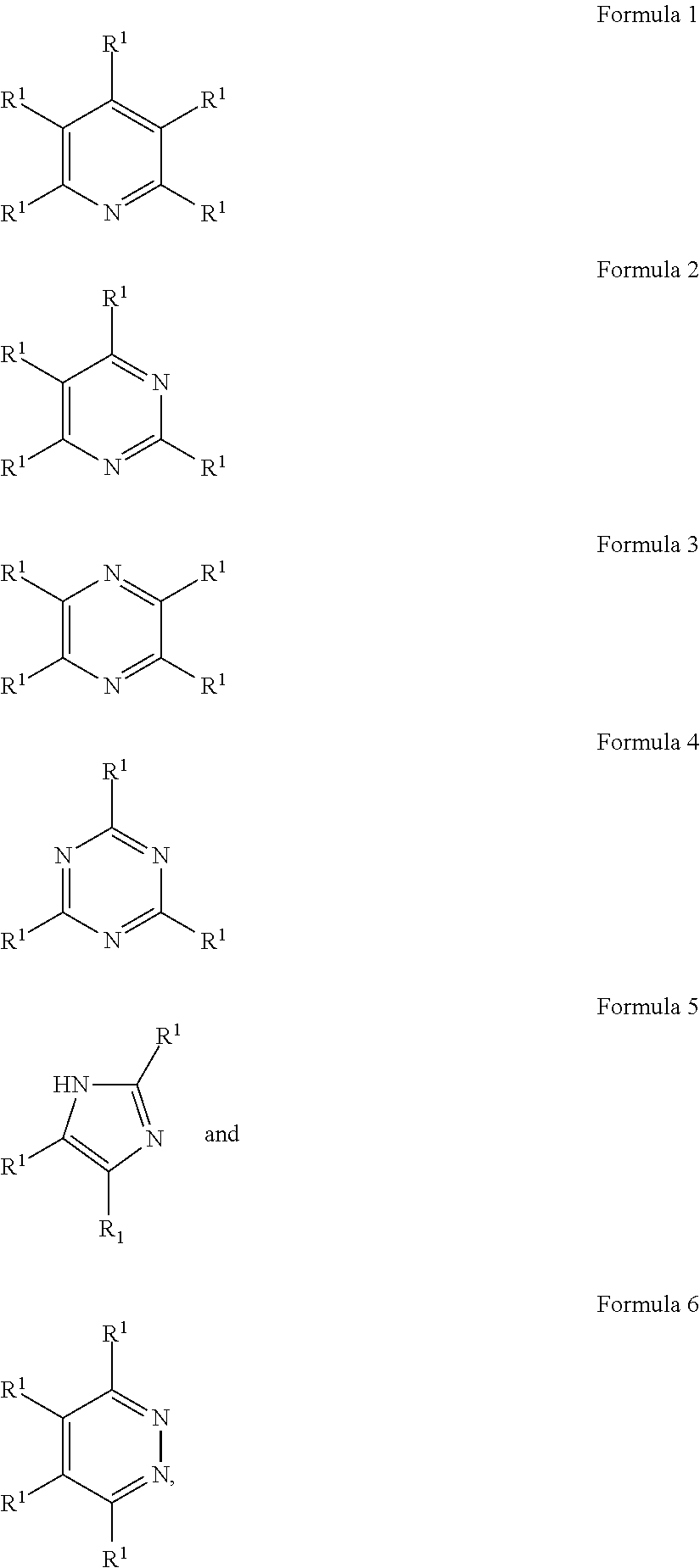Production of Polyhydroxyalkanoate Foam
a technology of polyhydroxyalkanoate and foam, applied in the field of foam, can solve the problems of limited commercial availability of phas, and achieve the effects of limiting commercial acceptance, long cycle time, and difficult maintenance of molecular weigh
- Summary
- Abstract
- Description
- Claims
- Application Information
AI Technical Summary
Benefits of technology
Problems solved by technology
Method used
Image
Examples
example 1
Use of Polyhydroxyalkanoate Blend to Make Foam
[0154]In this example, a blend of polyhydroxyalkanoate polymers was used to make foam. The foam formulation consisted of two parts, a base resin and a foam cell nucleation resin. The two resins were then combined on a tandem extruder foam line to make foam.
[0155]The base resin contained 94.0% by weight poly(3-hydroxybutyrate), 3.0% by weight nucleating masterbatch (boron nitride that had been previously compounded at a rate of 33% (by weight) into a base resin of 3-hydroxybutanoic acid and 4-hydroxybutanoic acid, and pelleted), and 3.0% by weight branching agent (dicumyl peroxide dissolved at a rate of 10% (by weight) in warmed Citroflex A4 plasticizer).
[0156]The cell nucleation resin contained blended polyhydroxyalkanoates composed of about 38% to about 42% by weight polyhydroxybutyrate, and about 58% to about 62% PHB Type 1 copolymer. It contained 58% by weight of this polyhydroxyalkanoate blend, 2% by weight nucleating masterbatch (th...
example 2
All-In-One Foam Formulations
[0159]In this example, foam formulations were made that combined the foam cell nucleation function into the base resin, thereby obviating the need for a two-part foam formulation.
[0160]The first all-in-one resin contained 94.0% by weight poly(3-hydroxybutyrate), 3.0% by weight nucleating masterbatch (boron nitride that had been previously compounded at a rate of 33% (by weight) into a base resin of 3-hydroxybutanoic acid and 4-hydroxybutanoic acid, and pelleted), and 3.0% by weight branching agent (dicumyl peroxide dissolved at a rate of 10% (by weight) in warmed Citroflex A4 plasticizer).
[0161]This first all-in-one resin was converted to foam on a tandem extruder foam line under the following conditions: gas R134a applied at a pressure of 1270 (psi) and a flow rate of 4, extruder 1 operated at 39.9 rpm, amperage of 8, zones at 180 / 175 / 165° C., upper, middle and lower dies at 165, 163, 164° C., a transfer melt temperature of 168° C., and extruder pressure...
example 3
Use of Polyhydroxybutyrate to Make Foam
[0166]Polyhydroxybutyrate was used on a tandem foam extrusion line in an attempt to make polyhydroxybutyrate foam. The base resin was formulated as follows:
TABLE 1PHB Base Resin Formulation.IngredientAmount (lbs)Poly(3-hydroxybutyrate)141.0Nucleating agent4.5Acrawax-C concentrate (50% active)3.0Citroflex A41.2Dicumyl peroxide (DiCuP)0.3
[0167]The nucleating agent in Table 1 is cyanuric acid that had been previously compounded at a rate of 33% (by weight) into a resin mixture of 3-hydroxybutanoic acid and 4-hydroxybutanoic acid, and pelleted. These pellets were added at the rate listed in Table 1.
[0168]Dicumyl peroxide was added as a branching agent. It is normally a solid. It was prepared by heating the plasticizer Citroflex A4 to 60° C., and then melting the dicumyl peroxide in the warmed Citroflex A4.
[0169]The ingredients in Table 1 were compounded into base resin pellets on a Leistritz 27 mm MAXX twin-screw extruder. The polymer, nucleating a...
PUM
| Property | Measurement | Unit |
|---|---|---|
| Fraction | aaaaa | aaaaa |
| Fraction | aaaaa | aaaaa |
| Fraction | aaaaa | aaaaa |
Abstract
Description
Claims
Application Information
 Login to View More
Login to View More - R&D
- Intellectual Property
- Life Sciences
- Materials
- Tech Scout
- Unparalleled Data Quality
- Higher Quality Content
- 60% Fewer Hallucinations
Browse by: Latest US Patents, China's latest patents, Technical Efficacy Thesaurus, Application Domain, Technology Topic, Popular Technical Reports.
© 2025 PatSnap. All rights reserved.Legal|Privacy policy|Modern Slavery Act Transparency Statement|Sitemap|About US| Contact US: help@patsnap.com


